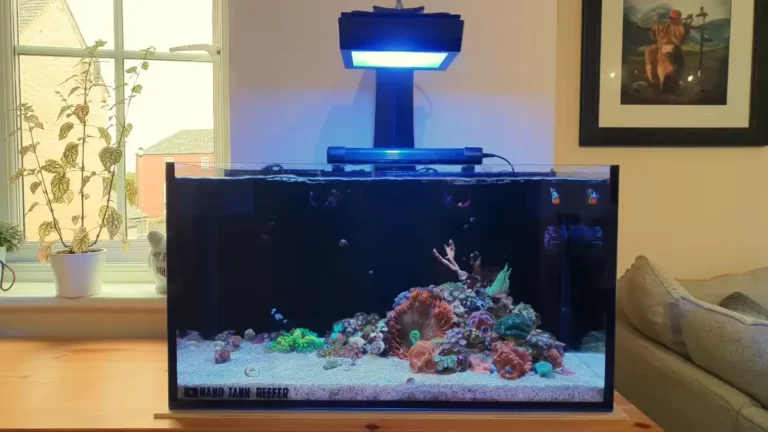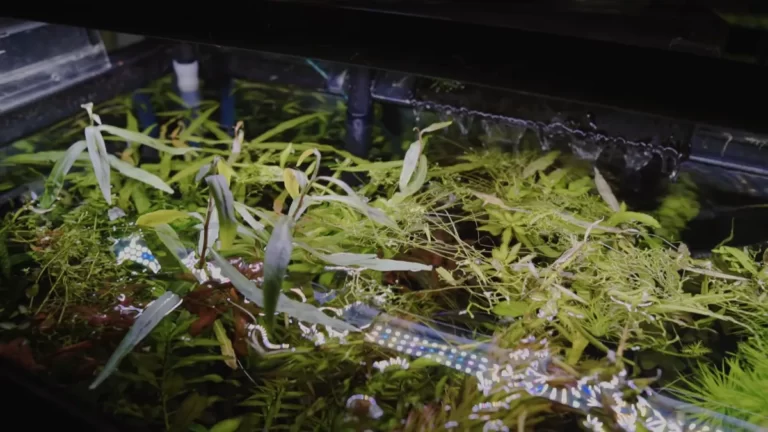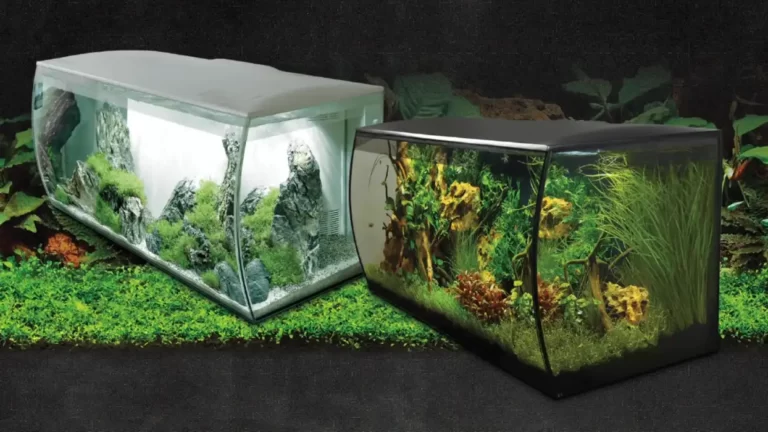How to Raise KH Without Raising pH: A Guide for Aquarium Owners
Raising KH without raising pH can be a challenge for many fish keepers. Carbonate hardness (KH) is an essential parameter for maintaining a stable pH in an aquarium. A low KH level can lead to pH fluctuations, which can be harmful to fish and other aquatic organisms. Fortunately, there are several ways to raise KH without raising pH.
One of the simplest ways to raise KH without raising pH is to perform a partial water change with dechlorinated water that has a higher alkalinity level. Adding crushed coral, aragonite, or alkalinity buffers to the aquarium water can also help increase KH levels. It is important to note that different aquariums have different needs, and experimentation may be required to find the best method for raising KH without raising pH.
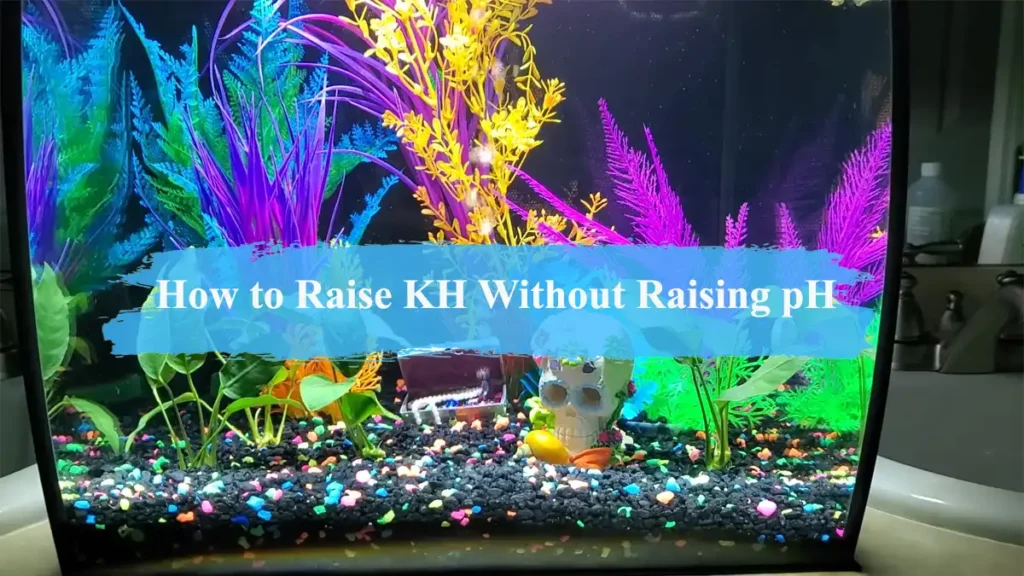
Raising KH without raising pH is a skill every fish keeper should have in their arsenal. In this article, we will explore the fascinating realm of carbonate hardness (KH) and pH, and provide a comprehensive guide on how to raise KH without causing a wild pH rollercoaster ride in your aquarium. By the end of this article, readers should have a good understanding of the importance of KH and pH in an aquarium, and the different methods available for raising KH without raising pH.
How to Raise KH Without Raising PH ?
Maintaining the right water parameters is crucial for the health of your aquarium inhabitants. One of the most important parameters is KH, or carbonate hardness, which helps to stabilize the pH level in your tank. However, if your tap water has a low KH, you may need to increase it without raising the pH level. Here are some ways to do it:
Freshwater Aquarium
Before you start adjusting the KH level, it’s important to make sure your aquarium is suitable for the fish and plants you have. Check the water temperature, pH, ammonia, nitrite, and nitrate levels to ensure they are within the appropriate range. If necessary, perform a partial water change to improve the water quality.
Test Kit
To determine the KH level in your aquarium, you’ll need a reliable test kit. API test kits are a popular choice among aquarists. Follow the instructions carefully and record the results. If the KH level is too low, you’ll need to increase it.
Aquarium Water
One way to increase the KH level is to use dechlorinated water with a higher alkalinity during water changes. Perform a 20% to 25% water change with water that has higher alkalinity, and use a standard fish tank tap water conditioner to dechlorinate tap water. Allow the water to rest for 24 hours before performing the water change.
Buffering Capacity
The buffering capacity of your aquarium water determines how much acid or base it can absorb before the pH level changes. Increasing the KH level will also increase the buffering capacity, which helps to stabilize the pH level.
Increase KH
You can increase the KH level by adding alkalinity buffers, such as crushed coral, aragonite, or store-bought KH buffers, to your aquarium water. Arm and Hammer baking soda can also help with the KH level, but it may raise the pH level to levels beyond your test kit’s range.
Fish Tank
After adding the alkalinity buffers, monitor the KH and pH levels regularly to ensure they remain stable. Sudden changes in the water parameters can stress your fish and plants. If the KH level is still too low, you may need to add more buffers or perform more frequent water changes.
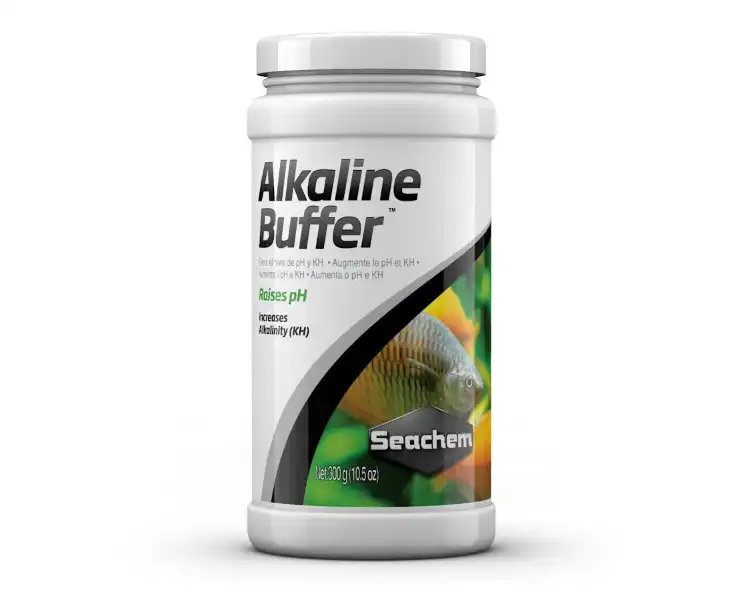
Related YouTube Video: How to Raise KH Without Raising PH
Understanding KH and GH
KH and GH are two important water parameters that every aquarist should know about. KH stands for carbonate hardness, while GH stands for general hardness. KH measures the concentration of carbonate and bicarbonate ions in the water, while GH measures the concentration of all dissolved minerals in the water.
African Cichlid
African cichlids are a type of fish that require a high KH level in their aquariums. A KH level of 10 dKH (or 180 ppm) is ideal for African cichlids, as it helps maintain a higher pH level of 8 to 9, which is necessary for their health.
PH Level
PH level is another important parameter to consider when raising KH. The ideal pH level for most freshwater aquariums is between 6.5 and 7.5. If the pH level is too low, it can be raised by increasing the KH level.
Peat Moss
Peat moss is a natural way to lower the pH level in an aquarium without affecting the KH level. It can be added to the aquarium filter or placed in a mesh bag and submerged in the aquarium.
Raise the KH
To raise the KH level without raising the pH level, add baking soda (sodium bicarbonate) to the aquarium water. One teaspoon of baking soda per 5 gallons of water will raise the KH level by 1 dKH (or 17.9 ppm).

Raising the PH
To raise the pH level in an aquarium without affecting the KH level, add a pH buffer to the water. A pH buffer is a chemical solution that stabilizes the pH level by neutralizing acids and bases.
KH and PH
KH and pH are closely related, and a high KH level can help maintain a stable pH level in an aquarium. However, it is important to monitor both parameters regularly to ensure that they remain within the ideal range for the fish and plants in the aquarium.
In summary, understanding KH and GH is important for maintaining a healthy aquarium. African cichlids require a high KH level, while most freshwater aquariums require a pH level between 6.5 and 7.5. Peat moss can be used to lower the pH level, while baking soda and pH buffers can be used to raise the KH and pH levels, respectively. Regular monitoring of both parameters is essential for the health of the aquarium inhabitants.

Alternatives and Methods
When it comes to raising KH without raising pH, there are a few different alternatives and methods that can be used. Here are three popular options:
Acid Buffer
One option for raising KH without raising pH is to use an acid buffer. This type of buffer will help to lower the pH of the water while also raising the KH. It is important to note, however, that using an acid buffer can be tricky and should be done with caution. Overuse can lead to a rapid drop in pH, which can be harmful to fish and other aquatic life.
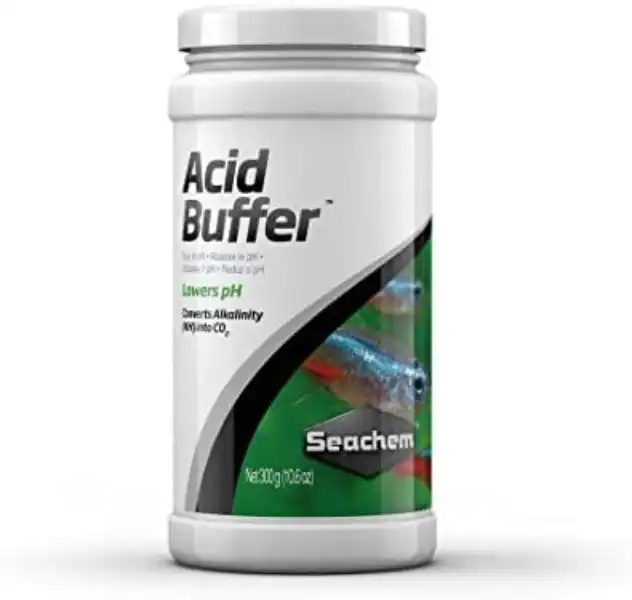
Baking Soda
Another option for raising KH without raising pH is to use baking soda. Baking soda is a common household item that can be added to aquarium water to raise the KH. It is important to note, however, that baking soda can also raise the pH of the water, so it should be used with caution. It is recommended to use only a small amount of baking soda at a time and to monitor the pH closely.
Carbonates and Bicarbonates
Carbonates and bicarbonates are alkaline compounds that can be used to raise KH without raising pH. These compounds remove H+ ions and lower the acidity of the aquarium water, which can help to raise the KH. It is important to note that the pH level will increase as the KH level increases. Therefore, it is important to monitor the pH closely when using carbonates and bicarbonates.
Overall, there are several alternatives and methods for raising KH without raising pH. It is important to choose the method that is best for your specific aquarium and to monitor the water parameters closely to ensure the health and safety of your aquatic life.
Related Post: What is KH in Aquarium? [Explain]
Importance of Water Parameters
Maintaining the right water parameters is crucial for the health and well-being of aquarium fish and plants. Water parameters such as pH, temperature, and KH can have a significant impact on the overall health of your aquarium. In this section, we’ll discuss the importance of water parameters and how they can affect your aquarium.
Tap Water
Tap water is often used to fill aquariums, but it can contain various impurities that can affect water parameters. Depending on where you live, tap water can contain chlorine, chloramine, and heavy metals such as copper and lead. These impurities can have a negative impact on the health of your fish and plants.
To ensure that tap water is safe for your aquarium, it’s essential to treat it with a water conditioner that removes chlorine, chloramine, and heavy metals. Water conditioners also contain beneficial bacteria that help to establish a healthy biological filter in your aquarium.
It’s also important to test tap water for pH, KH, and GH before adding it to your aquarium. This will help you determine if any adjustments need to be made to the water parameters to ensure the health of your fish and plants.
In summary, tap water can contain impurities that can affect water parameters, so it’s crucial to treat it with a water conditioner and test it for pH, KH, and GH before adding it to your aquarium.
Frequently Asked Questions [FAQs]
Here are some frequently asked questions about raising KH without raising pH:
Is it possible to raise KH without raising pH?
Yes, it is possible to raise KH without raising pH. In fact, it is important to maintain the correct KH and pH levels in your aquarium to ensure the health and well-being of your fish and other aquatic creatures.
How can you raise KH without raising pH?
There are several methods for raising KH without raising pH, including:
- Adding crushed coral, aragonite, or store-bought alkalinity buffers to the aquarium water
- Performing a water change with water that has higher alkalinity
- Using dechlorinated water for higher KH
It is important to note that adding too much of any of these substances can cause pH levels to rise. Therefore, it is important to monitor pH levels closely when adding any of these substances to your aquarium.
What is the ideal KH and pH level for an aquarium?
The ideal KH level for an aquarium is between 3 and 8 degrees. The ideal pH level for a freshwater aquarium is between 6.5 and 7.5. However, the desired KH and pH levels may vary depending on the specific needs of the fish and other aquatic creatures in your aquarium.
How often should you test KH and pH levels in your aquarium?
It is recommended to test KH and pH levels in your aquarium at least once a week. This will help you to monitor the health and well-being of your fish and other aquatic creatures and make any necessary adjustments to the water chemistry.


